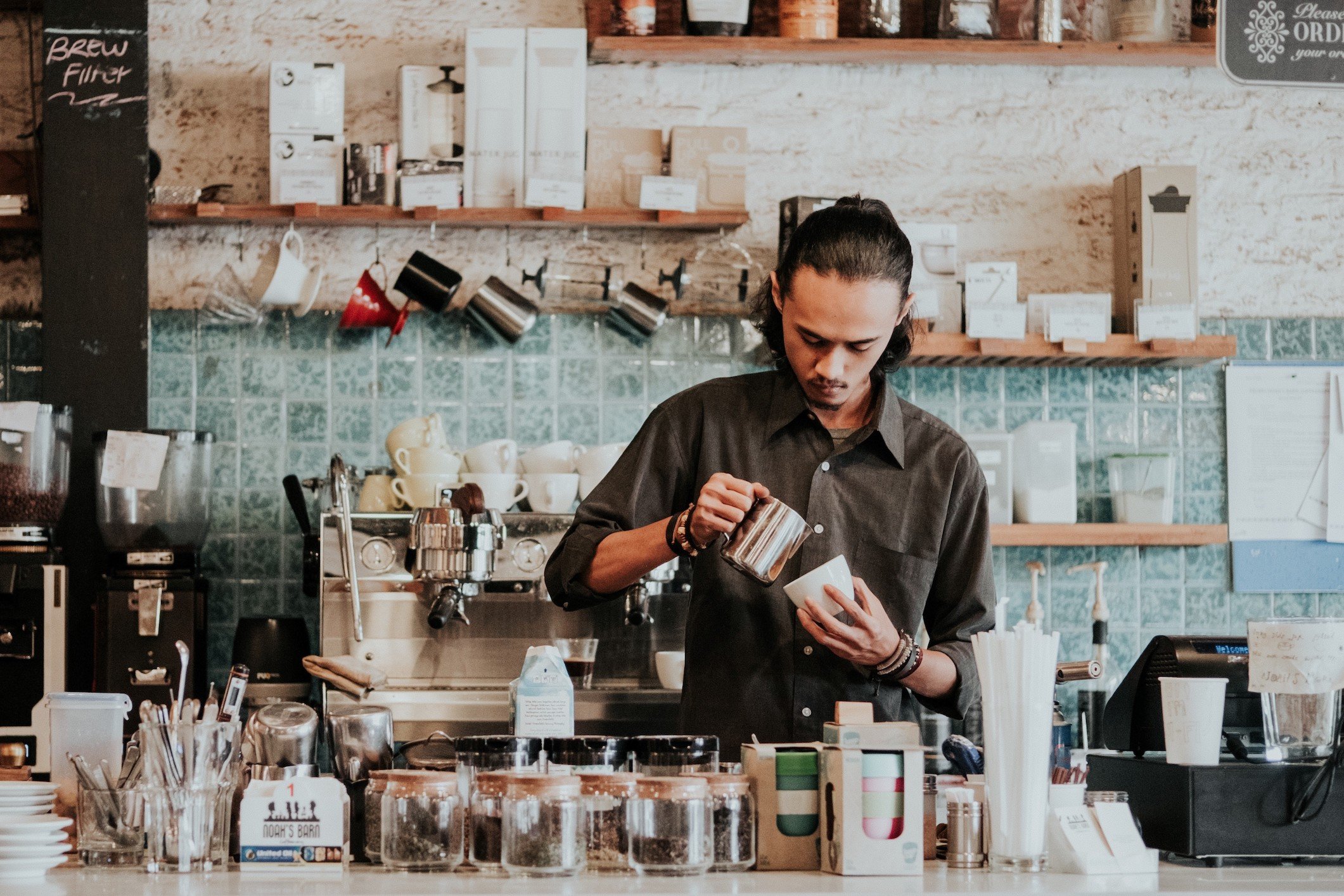For obvious reasons, the hospitality sector has suffered as a result of COVID-19 and the restrictions put in place to keep the public safe. Restaurants, hotels and bars have been forced to limit and rethink their services, which is making eating out far more complicated.
Research by McKinsey & Company suggests that recovery to pre-COVID-19 levels could take until 2023—or later. While the government has provided some support - for example, with the Eat Out to Help Out Scheme in August 2020 where customers received 50% discounts at participating restaurants - there are still many challenges to overcome.
Reshaping the payments process in hospitality
Bars and restaurants have been quick to innovate, rapidly turning to digital solutions that help them implement table service and app-based ordering. There are now numerous mobile platforms that facilitate the ordering and payment process, offering multiple payment options for patrons.
The situation is a little more complicated for hotels. Typically, the customer touch points (often literal touch points) are more complex compared to bars and restaurants. And hotels have historically been hesitant when investing in digital. However, with the right digital platform, hotels can aid the reopening process by reducing those touch points.
For example, Pay by Link, a simple tool that allows hoteliers to create and send customised payment links directly to a customer’s inbox, will have immediate and long-term benefits. By making it easy for customers to pay through a smartphone, Pay by Link, alongside electronic pre-authorisation for various charges during stays and automated checkouts, reduces the need for face-to-face transactions.
Hotels will be able to take advantage of smartphones to provide contact-free guest services, delivering digital key cards for rooms, the ability to perform check-in and check-out, and room service orders, through a dedicated mobile app. By digitising the end-to-end experience, guests don’t need to return to the reception during check-out to drop anything off, speeding up the entire process and streamlining guest turnover.
The cost of digitisation
While the platforms that are accommodating the sector are incredible on the one hand, there's still no substitute for warm, welcoming staff who make guests feel special. Unfortunately, there are things in the way of how this used to play. To comply with COVID-19 operating guidelines and protect customers and staff, the hospitality industry needs to make guest experiences more sterile than many would want.
That said, payments are one area in which changes made now will persist. We've been moving towards cashless, digital commerce for quite some time as part of the digitisation of everyday life.
Cashless will safeguard the industry
Cashless transactions across most sectors have been increasing exponentially, driven recently by COVID-19 and the subsequent decrease in cash usage. But this trend was already in motion long before the pandemic. According to Statista, in 2017, $160.6 billion in non-cash transactions were carried out in North America, more than any other region. Europe and Asia followed, with $134 billion and $124 billion in transactions, respectively. By 2022, Europe is expected to slightly exceed North America, while emerging is expected to nearly triple the value of such transactions, exceeding $350 billion.
As more people manage their lives with a smartphone, the adoption of online and cashless payments will be necessary to meet with consumer demand and safeguard the hospitality industry. Before COVID-19, it was a great idea to make more payments digital. Now, it's essential, and it will still bring immense value post-COVID.
